Can You Drink Milk with Antibiotics? Exploring Food Interactions and Antibiotic Effectiveness
Does consuming dairy products affect the efficacy of antibiotics. How do certain foods impact antibiotic absorption and effectiveness. What dietary considerations should be taken when on antibiotic treatment. Can specific foods enhance or hinder antibiotic performance.
The Impact of Diet on Antibiotic Effectiveness
Antibiotics have revolutionized modern medicine, but their overuse has led to increasing concerns about antibiotic resistance. Recent research suggests that what we eat may play a crucial role in how well antibiotics work. This article explores the intricate relationship between diet and antibiotic effectiveness, providing insights into how to maximize the benefits of these life-saving drugs.
Cranberries: A Potential Ally in Antibiotic Treatment
Cranberries have long been associated with urinary tract health, but new studies indicate they may have broader antimicrobial benefits. Research has shown that molecules found in cranberries can increase bacterial sensitivity to antibiotics, potentially allowing for lower dosages and reduced resistance.
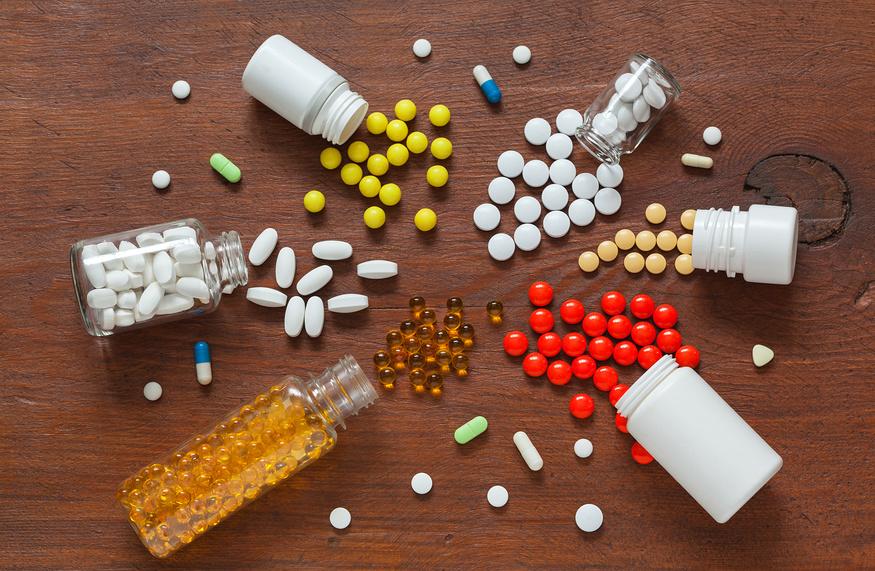
How Do Cranberries Enhance Antibiotic Effectiveness?
Cranberries appear to work through two main mechanisms:
- Altering bacterial mechanisms for antibiotic expulsion
- Increasing the permeability of bacterial cell walls
These effects make it easier for antibiotics to penetrate bacteria and harder for the microorganisms to eliminate the drugs.
The key components responsible for these effects are thought to be proanthocyanidins, a group of polyphenolic compounds found in cranberries. Different types of proanthocyanidins may work synergistically to produce the observed antimicrobial effects.
Milk and Antibiotics: Separating Fact from Fiction
One common question that arises is whether it’s safe to drink milk while taking antibiotics. The answer isn’t straightforward and depends on the specific antibiotic prescribed.
Why Might Milk Interfere with Antibiotics?
Some antibiotics, particularly tetracyclines and fluoroquinolones, can bind to calcium and other minerals found in dairy products. This binding can form insoluble compounds that are poorly absorbed by the body, potentially reducing the antibiotic’s effectiveness.
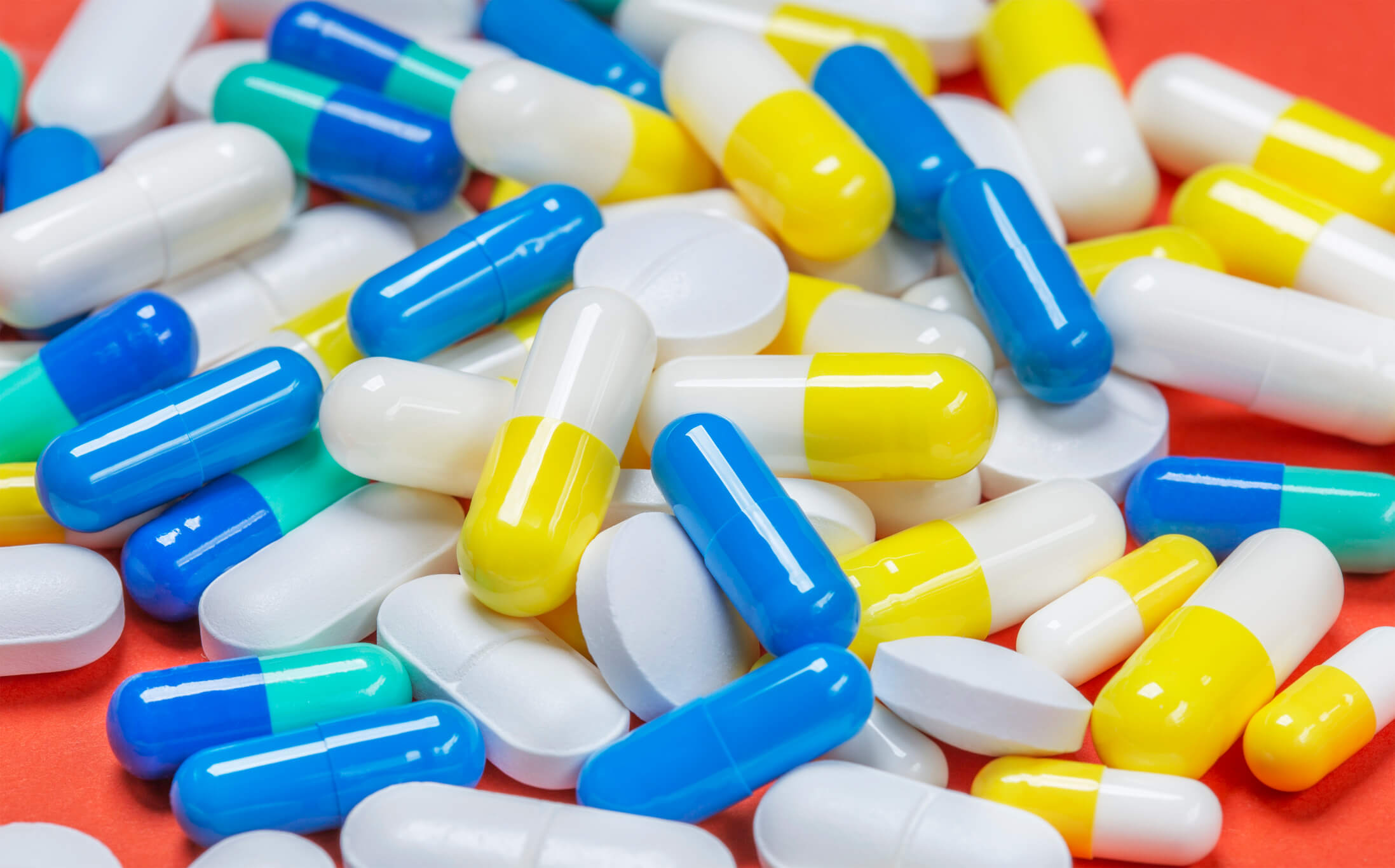
Which Antibiotics Should Not Be Taken with Milk?
Antibiotics that may interact with milk include:
- Tetracycline
- Doxycycline
- Ciprofloxacin
- Levofloxacin
For these medications, it’s generally recommended to avoid dairy products for at least two hours before and after taking the antibiotic.
Food Interactions with Antibiotics: Beyond Dairy
While milk is often the focus of discussions about food-antibiotic interactions, other dietary components can also affect antibiotic efficacy.
High-Fiber Foods and Antibiotics
Fiber-rich foods can sometimes interfere with antibiotic absorption. This is particularly true for antibiotics like penicillin and ampicillin. To maximize effectiveness, it may be advisable to take these antibiotics on an empty stomach or at least an hour before consuming high-fiber meals.
Iron-Rich Foods and Certain Antibiotics
Iron supplements and iron-rich foods can interact with antibiotics like tetracyclines and fluoroquinolones. Similar to calcium, iron can bind to these antibiotics, reducing their absorption. It’s best to separate the consumption of iron-rich foods and these antibiotics by at least two hours.
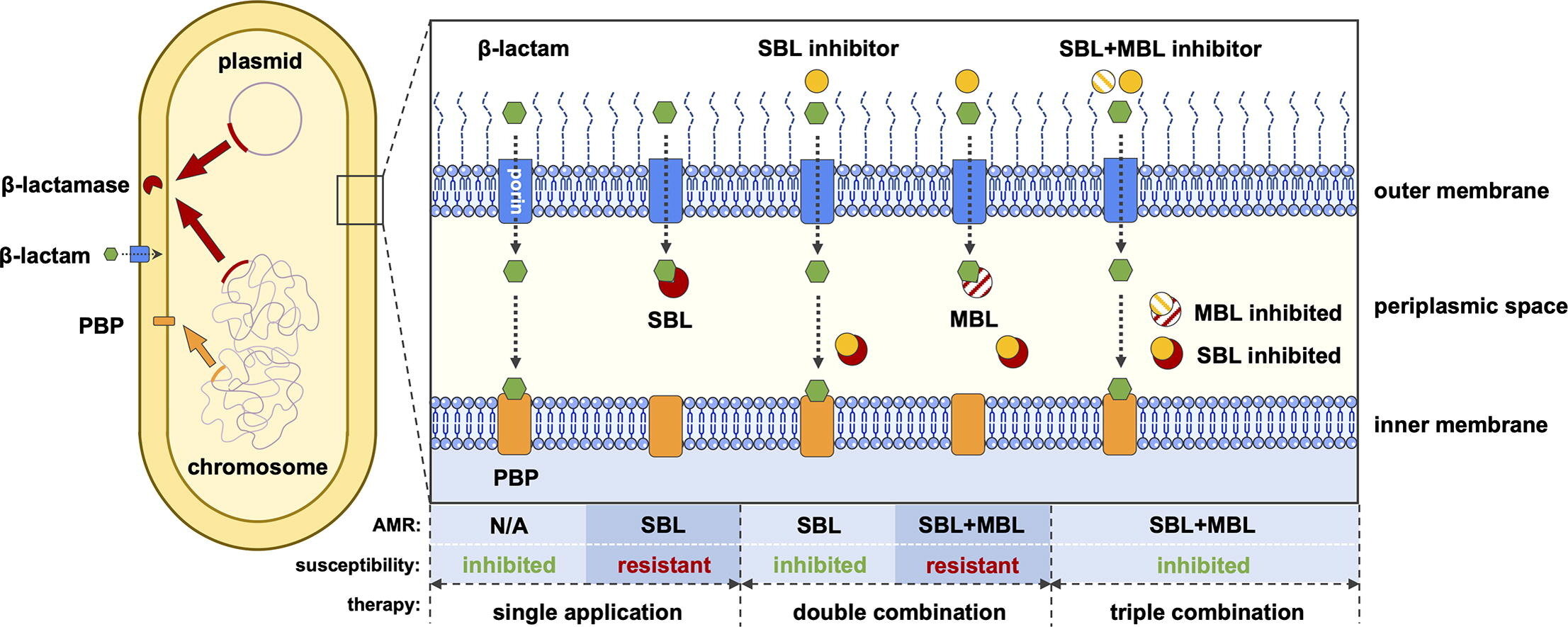
Alcohol and Antibiotics: A Risky Combination
The interaction between alcohol and antibiotics is a topic of significant concern. While not all antibiotics interact dangerously with alcohol, it’s generally advised to avoid alcoholic beverages during antibiotic treatment.
Which Antibiotics Have Severe Interactions with Alcohol?
Some antibiotics that can cause severe reactions when combined with alcohol include:
- Metronidazole
- Tinidazole
- Trimethoprim-sulfamethoxazole
These interactions can lead to symptoms such as nausea, vomiting, headaches, and rapid heartbeat.
Why Avoid Alcohol Even with Other Antibiotics?
Even when direct interactions aren’t severe, alcohol can still impact antibiotic effectiveness by:
- Slowing the body’s healing process
- Potentially exacerbating antibiotic side effects
- Straining the liver, which is responsible for processing both alcohol and many medications
It’s best to abstain from alcohol until at least 48 hours after completing an antibiotic course.
Probiotics and Antibiotics: Striking a Balance
While antibiotics are essential for fighting harmful bacteria, they can also disrupt the beneficial bacteria in our gut microbiome. This disruption can lead to side effects like diarrhea and yeast infections.
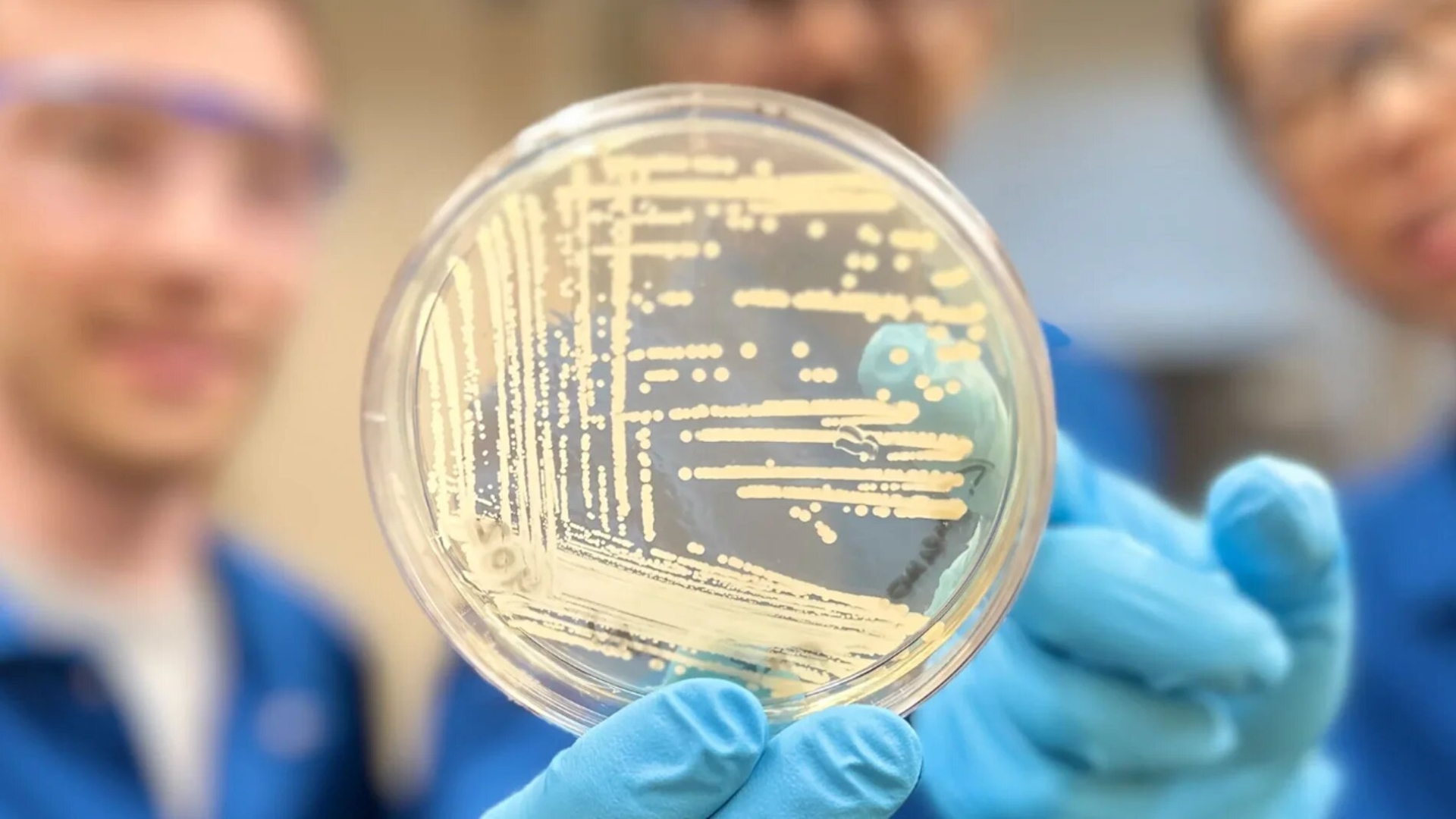
Can Probiotics Help During Antibiotic Treatment?
Probiotics, which are live beneficial bacteria, may help mitigate some of the negative effects of antibiotics on gut health. Studies have shown that probiotic supplementation during antibiotic treatment can reduce the risk of antibiotic-associated diarrhea.
How to Take Probiotics with Antibiotics
To maximize the benefits of probiotics:
- Take probiotics at least two hours apart from antibiotics
- Continue probiotic supplementation for several weeks after completing antibiotic treatment
- Choose a high-quality probiotic supplement with multiple strains of beneficial bacteria
Always consult with a healthcare provider before adding probiotics to your antibiotic regimen.
Nutrient Depletion: An Overlooked Side Effect of Antibiotics
Long-term or frequent use of antibiotics can lead to nutrient deficiencies. This is due to both the direct effects of antibiotics on nutrient absorption and the disruption of gut bacteria that play a role in nutrient metabolism.
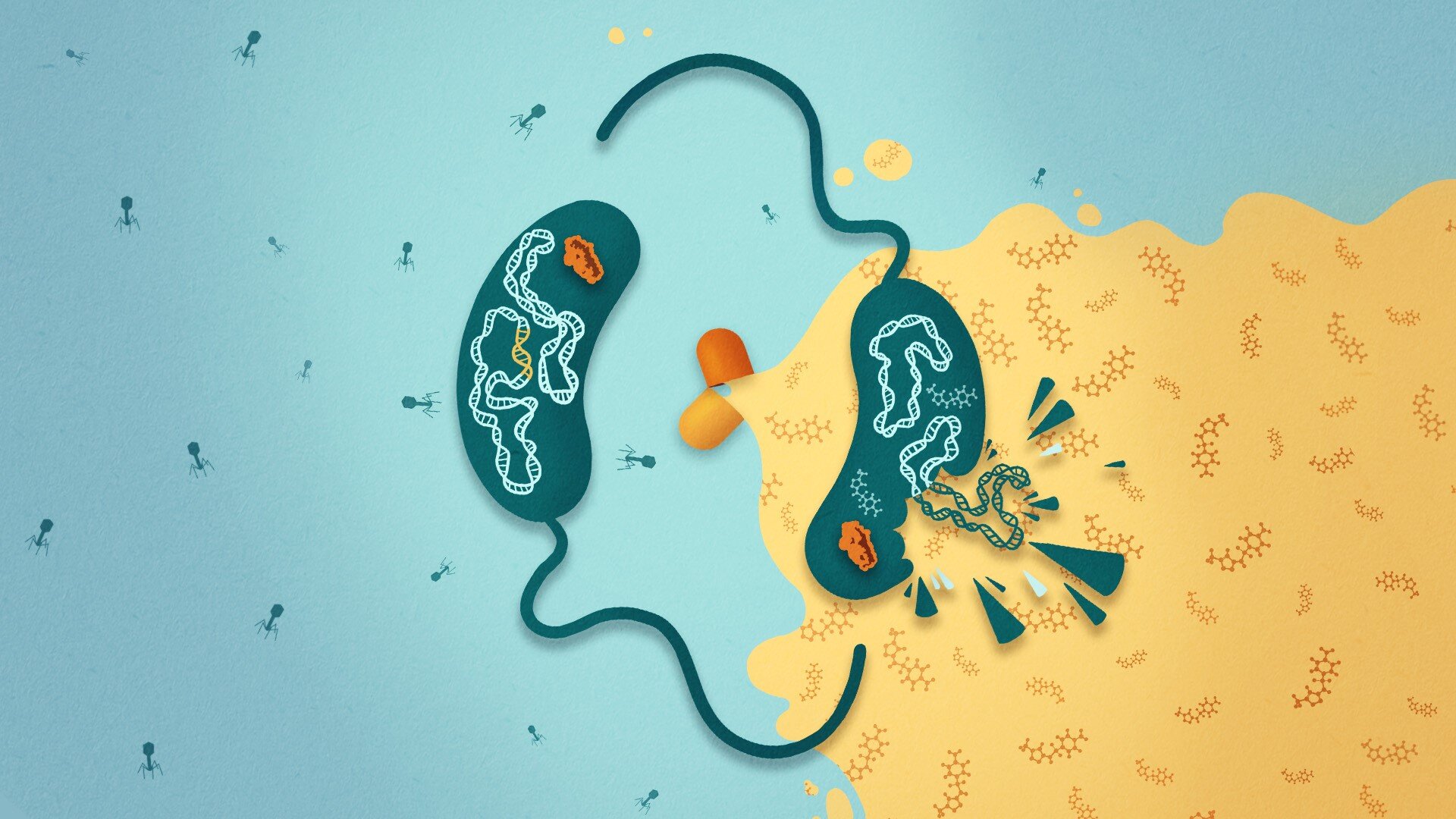
Which Nutrients Are Most Affected by Antibiotic Use?
Common nutrients that may be depleted by antibiotic use include:
- B vitamins, especially B12
- Vitamin K
- Magnesium
- Calcium
- Iron
Maintaining a nutrient-rich diet or considering supplementation under medical supervision can help prevent deficiencies.
Strategies to Counteract Nutrient Depletion
To minimize the impact of antibiotics on nutrient levels:
- Eat a diverse, nutrient-dense diet
- Consider a high-quality multivitamin
- Increase consumption of fermented foods after completing antibiotic treatment
- Discuss potential nutrient deficiencies with a healthcare provider
Remember that individual needs may vary, and it’s essential to tailor any supplementation to your specific situation.
Maximizing Antibiotic Effectiveness Through Diet
While avoiding certain food interactions is important, there are also dietary strategies that may enhance the effectiveness of antibiotics.
Foods That May Boost Antibiotic Efficacy
Some foods and compounds that show promise in supporting antibiotic treatment include:
- Cranberries and cranberry juice (unsweetened)
- Garlic, which has natural antimicrobial properties
- Honey, particularly Manuka honey
- Ginger, known for its anti-inflammatory effects
- Turmeric, which may enhance the effects of certain antibiotics
While these foods show potential, they should not be considered substitutes for prescribed antibiotics.
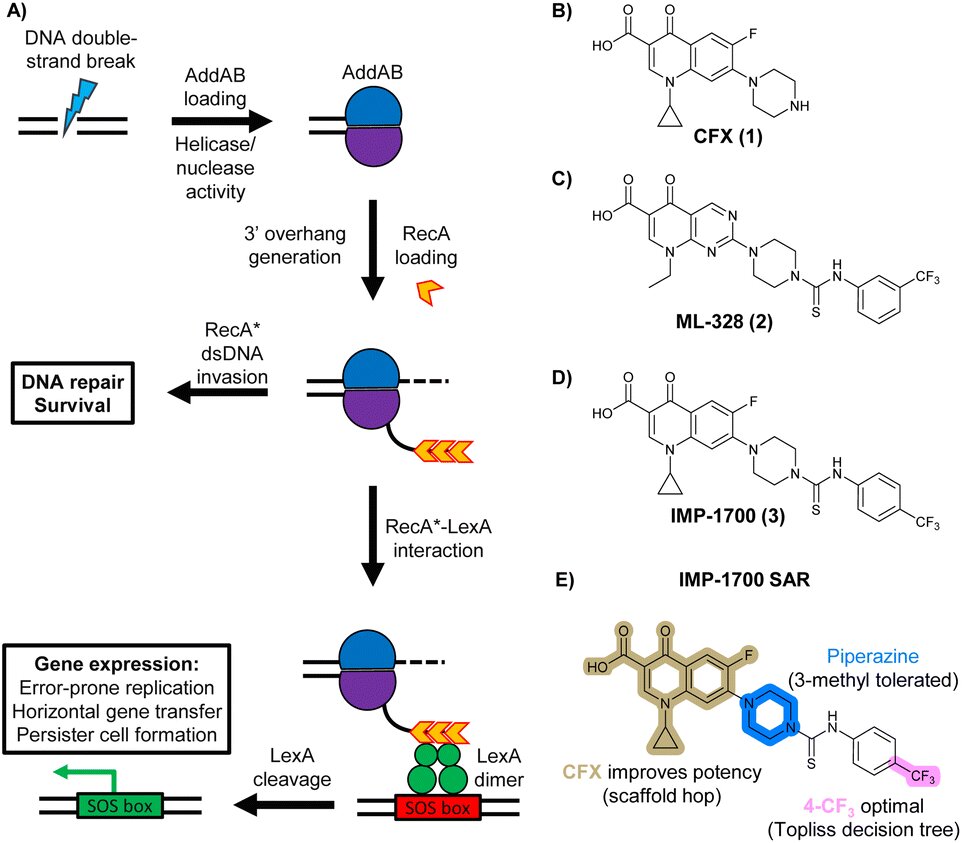
The Importance of Hydration During Antibiotic Treatment
Proper hydration is crucial when taking antibiotics. Adequate fluid intake can:
- Help the body process and eliminate the antibiotic
- Reduce the risk of kidney complications
- Mitigate some side effects, such as digestive discomfort
Aim to drink at least 8-10 glasses of water daily during antibiotic treatment, unless otherwise instructed by a healthcare provider.
Understanding the complex interplay between diet and antibiotic effectiveness is crucial for maximizing treatment outcomes and minimizing side effects. By being mindful of food interactions, supporting gut health, and maintaining proper nutrition, patients can play an active role in their antibiotic treatment. Always consult with a healthcare provider for personalized advice on dietary considerations during antibiotic therapy.
Does What You Eat Affect Antibiotic Effectiveness?
- Download PDF Copy
By Chloe Bennett, B.Sc.Reviewed by Dr. Jennifer Logan, MD, MPH
The discovery of antibiotics is arguably one of the great modern medical discoveries.
Image Credit: nokwalai/Shutterstock.com
However, the over-prescription and improper use of the potentially life-saving drug has increased antibiotic resistance. However, new research has found that what you eat may affect antibiotic effectiveness.
Cranberries and Antibiotic Effectiveness
The epidemic of antibiotic resistance poses a threat to decades of progress in antibiotic use to fight bacterial infections.
The overprescription and overuse of antibiotics in medicine and agriculture have led many to argue that we may be forced to a pre-antibiotic era whereby the risk of developing even minimal infections could be costly. In light of this, it has become vital to maximizing the effectiveness of current antibiotics used.
In light of this, it has become vital to maximizing the effectiveness of current antibiotics used.
Recent research working towards this aim has found that cranberries may boost the overall effectiveness of antibiotics. Specifically, the researchers observed that pathogenic bacteria develop increased sensitivity to lower doses of antibiotics when exposed to molecules found in cranberries. Furthermore, resistance to the antibiotics was reduced.
It’s commonly believed that, aside from their antioxidant properties, cranberry consumption is linked to positive health outcomes such as protecting against urinary tract infections (UTIs).
Related Stories
- Study reveals alarming pediatric antibiotic prescribing practices in Madagascar, Senegal, and Cambodia
- The relationship between the burden of antibiotic resistance in humans and community access to drinking water and sanitation
- Hospitalized Kenyan patients more likely to harbor antibiotic-resistant bacteria
This led the researchers to investigate the molecular properties responsible for fighting several types of bacteria, namely, Escherichia coli responsible for gastro-enteritis, Pseudomonas aeruginosa responsible for pneumonia, and Proteus mirabilis responsible for UTIs.
It was found that cranberries increased bacterial sensitivity through two mechanisms. The extract was considered to alter the mechanism typically used by the bacteria to get rid of the antibiotic as well as increasing the permeability of the bacterial cell wall.
This resulted in the antibiotic being able to penetrate the bacteria more easily, and the bacteria struggling to get rid of the drug. This provides evidence as to why the drug appears to be more effective in lower doses.
The researchers suggested that central to this activity are molecules called proanthocyanidins. There are different types of proanthocyanidins and it’s thought that the molecules work together to achieve the effects observed.
Further tests were carried out to investigate whether the same pattern existed in a preliminary animal model: infected insects. Similar effects were established, necessitating further experiments to identify the active molecules involved.
Implications of the Research
The novel research may prove to be extremely useful in combating antibiotic resistance, as, if the results can be replicating in animals and the active molecules identified, then it would mean fewer dosages of antibiotics will be required in veterinary and human medicine. Conversely, the use of these compounds may help ensure that the antibiotics are more effective in their current dosages and administrations.
Conversely, the use of these compounds may help ensure that the antibiotics are more effective in their current dosages and administrations.
Considerations When Taking Antibiotics
Several considerations are recommended to be followed when taking antibiotics than can reduce their overall effectiveness in fighting infections alongside the probability of resistance. Different types of antibiotics come with their own set of requirements and guidelines to follow.
Medications and Antibiotics
Like any drug, antibiotics can interact with any other medications taken. Evidence has shown that specific antibiotics such as rifabutin and rifampicin can impair the effectiveness of some contraceptive pills. If prescribed these forms of antibiotics, then additional contraceptive methods are recommended.
Additionally, research has found adverse effects in those taking some forms of antibiotics alongside anticoagulants. Specifically, cephalosporins have been found to increase the risk of bleeding if taken in addition to blood-thinning drugs such as warfarin.
Food and Drink Interactions with Antibiotics
In general, alcohol should not be consumed while taking antibiotics. Even alcohol in moderation can cause interactions with antibiotics if consumed within 48 hours of each other.
Certain antibiotics such as tinidazole and metronidazole can cause side effects such as headaches, stomachache, nausea and vomiting, and hot flushes if taken with alcohol.
Similarly, it’s recommended that antibiotics are not taken with fruit juices or dairy products, as they can affect the body’s ability to absorb the medication. Instead, it is recommended that the drug is taken with water only.
Furthermore, the influence of dairy consumption on the effectiveness of antibiotics has been researched. It’s recommended that dairy products such as cheese, milk, butter, and yogurt should not be consumed until 3 hours after a dose of antibiotics is taken.
Likewise, juices or supplements containing calcium may also reduce effectiveness.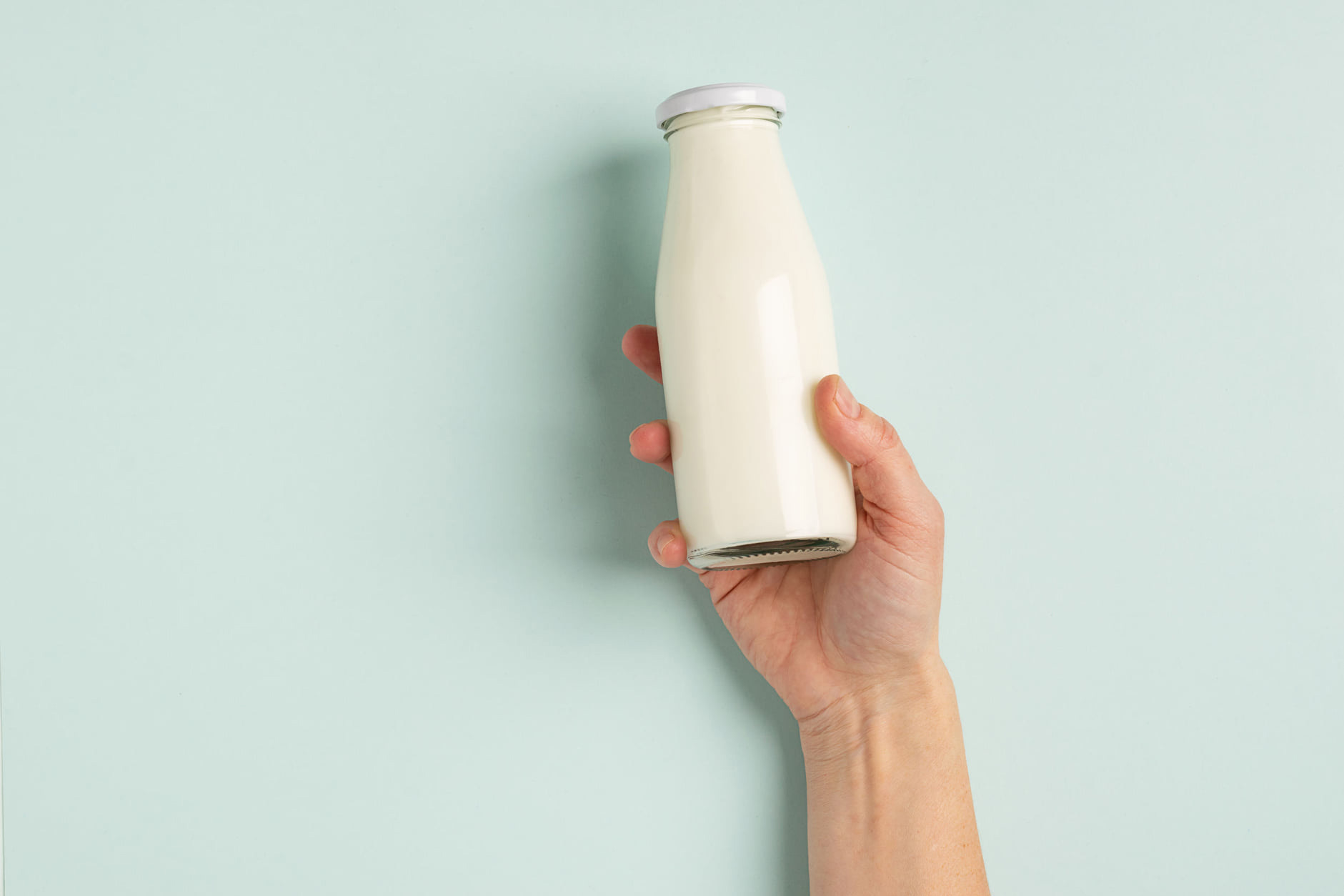 Antibiotics should come with patient education material that gives specific guidance on which foods to avoid and how to take antibiotics.
Antibiotics should come with patient education material that gives specific guidance on which foods to avoid and how to take antibiotics.
In some countries, antibiotics can be purchased without a prescription. Antibiotic use in these areas tends to be high, as patients often self-medicate for conditions that are not helped with antibiotics and the increased presence of antibiotics provides a selective pressure for germs to develop resistance.
Studies show that these areas with higher use have higher rates of antibiotic resistance.
Sources
- Tufenkji, N. et al. (2019) Proanthocyanidin Interferes with Intrinsic Antibiotic Resistance Mechanisms of Gram-Negative Bacteria. Advanced Science. doi.org/10.1002/advs.201802333.
- NHS (2019). Antibiotics: Interactions. https://www.nhs.uk/conditions/antibiotics/interactions/
- Institute for Quality and Efficiency in Health Care (2013). Using medication: using antibiotics correctly and avoiding resistance.
 https://www.ncbi.nlm.nih.gov/books/NBK361005/
https://www.ncbi.nlm.nih.gov/books/NBK361005/ - Farooqui HH, Selvaraj S, Mehta A, Heymann DL. Community level antibiotic utilization in India and its comparison vis-à-vis European countries: Evidence from pharmaceutical sales data. PLoS One. 2018;13(10):e0204805. Published 2018 Oct 17. doi:10.1371/journal.pone.0204805
Last Updated: Nov 17, 2021
- Download PDF Copy
Please use one of the following formats to cite this article in your essay, paper or report:
APA
Bennett, Chloe. (2021, November 17). Does What You Eat Affect Antibiotic Effectiveness?. News-Medical. Retrieved on July 12, 2023 from https://www.news-medical.net/health/Does-What-You-Eat-Affect-Antibiotic-Effectiveness.aspx.
MLA
Bennett, Chloe. “Does What You Eat Affect Antibiotic Effectiveness?”. News-Medical. 12 July 2023. <https://www.
 news-medical.net/health/Does-What-You-Eat-Affect-Antibiotic-Effectiveness.aspx>.
news-medical.net/health/Does-What-You-Eat-Affect-Antibiotic-Effectiveness.aspx>.Chicago
Bennett, Chloe. “Does What You Eat Affect Antibiotic Effectiveness?”. News-Medical. https://www.news-medical.net/health/Does-What-You-Eat-Affect-Antibiotic-Effectiveness.aspx. (accessed July 12, 2023).
Harvard
Bennett, Chloe. 2021. Does What You Eat Affect Antibiotic Effectiveness?. News-Medical, viewed 12 July 2023, https://www.news-medical.net/health/Does-What-You-Eat-Affect-Antibiotic-Effectiveness.aspx.
Suggested Reading
Using medication: Using antibiotics correctly and avoiding resistance – InformedHealth.org
Created: November 14, 2008; Last Update: December 18, 2013; Next update: 2020.
The development of antibiotics was one of the great discoveries in modern medicine.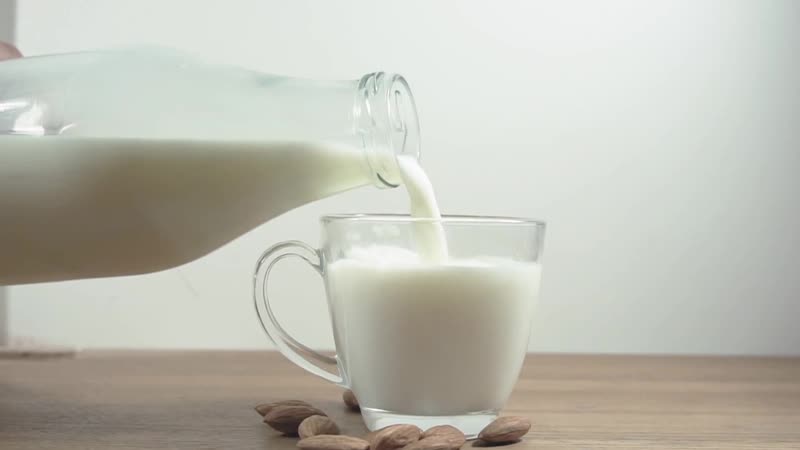 They fight bacteria and can cure life-threatening infectious diseases such as pneumonia, for which there was previously no effective treatment. But the improper use of antibiotics means that more and more bacteria are becoming resistant to this kind of medication. So it is especially important to use them correctly.
They fight bacteria and can cure life-threatening infectious diseases such as pneumonia, for which there was previously no effective treatment. But the improper use of antibiotics means that more and more bacteria are becoming resistant to this kind of medication. So it is especially important to use them correctly.
Antibiotics can save lives, but they also relieve symptoms of bacterial infections and help us recover faster. But treatment with antibiotics also has side effects. Nausea or diarrhea are common, for example.
Antibiotics are also used far too often, and improper use is widespread. This has caused many different types of bacteria to become resistant (unresponsive) to antibiotics. Because resistance has become more common, many diseases cannot be treated as well as they could in the past.
When using antibiotics, it’s important to know the following things to prevent resistance and side effects:
Antibiotics only work against bacteria. Many infections are caused by viruses and can’t be treated using antibiotics – examples include respiratory illnesses such as a cough, stuffy nose, bronchitis or the flu.

Excessive and improper use of antibiotics causes side effects, and in the long term reduces their effectiveness.
What is antibiotic resistance?
In medicine, bacteria and other germs are said to be resistant if they are especially able to withstand exposure to external influences. For example, most germs that enter the stomach with food will be killed by stomach (gastric) acid. But some bacteria are covered with a mucous coating that protects them from the acid. They are resistant to gastric acid.
Resistance to antibiotics works on a similar principle: The bacteria have acquired a new property that protects them from the antibiotic. Some types of bacteria can produce a substance that makes certain antibiotics ineffective, for example. Bacteria that can protect themselves from several different antibiotics are referred to as “multiresistant.”
What causes resistance?
Many of the bacteria that are now resistant used to be sensitive to antibiotics. There are a few developments that played a role in this. To put it briefly, one kind of antibiotic could originally neutralize a certain type of bacteria and then effectively stop the infection. But the genetic material of bacteria can change by chance, sometimes creating new properties. If they protect the bacteria from an antibiotic, then the bacteria have become resistant. These kinds of properties can also transfer from one type of bacteria to another.
There are a few developments that played a role in this. To put it briefly, one kind of antibiotic could originally neutralize a certain type of bacteria and then effectively stop the infection. But the genetic material of bacteria can change by chance, sometimes creating new properties. If they protect the bacteria from an antibiotic, then the bacteria have become resistant. These kinds of properties can also transfer from one type of bacteria to another.
If antibiotics are used very often, resistant bacteria are better able to reproduce because the other non-resistant strains of bacteria are stopped. Antibiotics then no longer help against infections caused by resistant bacteria.
Which bacteria are resistant to antibiotics and why are they dangerous?
Strains of Streptococcus and Staphylococcus bacteria are often resistant to antibiotics. One example is called “methicillin-resistant Staphylococcus aureus” (MRSA). Staphylococci can be found on skin and mucous membranes and may cause infection – for example if they get into open wounds.
Resistant strains have now developed in other types of bacteria, such as Escherichia coli, Klebsiella and pseudomonads.
What is being done about antibiotic resistance?
In Germany, antibiotics are prescription-only. This means that doctors are first and foremost responsible for careful and appropriate use. They are to first see whether someone actually has a bacterial infection. If they do, then it’s important that the antibiotic is prescribed at the right dose and for long enough, and that the right antibiotic is selected that will most effectively fight the bacteria.
There are also hygiene regulations to keep resistant bacteria from spreading further and preventable infections from occurring. These measures are especially important inside of a hospital. Antibiotics are used there relatively frequently, so resistant germs can develop quite quickly. If you come into contact with someone who has an infection of resistant bacteria, it can help to wear disposable gloves, a mask and coat, and to use a hand disinfectant to stop the spread of the germs.
Antibiotics are also used in veterinary medicine and in agriculture. Veterinarians also have to comply with the rules for handling antibiotics properly.
What can I do to prevent antibiotic resistance?
Being cautious when taking antibiotics can help prevent both antibiotic resistance and side effects.
The most important thing is to not overestimate what antibiotics can do: Patients often expect antibiotics to be prescribed to treat medical conditions for which they are not suitable.
Antibiotics are needed to treat serious bacterial infections like lung infections or meningitis (inflammation of the membranes lining the brain and spinal cord). This is not the case when, for example, people who are otherwise healthy have respiratory infections caused by viruses, such as a cold or influenza (“the flu”). Antibiotics will usually be of no help because they only fight bacteria. Antibiotics also have side effects including allergic reactions, stomach and bowel problems, nausea and fungal infections. Because of these associated risks, it’s important to carefully consider the advantages and disadvantages of taking antibiotics.
Because of these associated risks, it’s important to carefully consider the advantages and disadvantages of taking antibiotics.
What’s important to consider when taking antibiotics?
Antibiotics should be taken for as long as the doctor has prescribed them. Just because the symptoms of the illness subside, it doesn’t mean that all of the germs have been killed. Remaining bacteria may cause the illness to start up again.
If there are some tablets left over, they should not be kept for later use or given to other people. Leftover medication can be disposed of in the normal garbage or dropped off at some pharmacies. Pharmacies are not obligated to accept opened medicine though. It is important not to dispose of the medication by pouring it down the drain or flushing it down the toilet. That is bad for the environment and also contributes to bacterial resistance.
Medications can only work properly if they are used correctly. It’s important to know the following things when taking antibiotics:
Can the tablets be broken into smaller pieces to make them easier to swallow? Doing this can stop some medications from working properly.

What food can you take antibiotics with? Antibiotics are usually taken with water because taking them together with fruit juices, dairy products or alcohol can affect how the body absorbs some drugs. Dairy products include milk as well as butter, yogurt, and cheese. After taking an antibiotic you may need to wait for up to three hours before eating or drinking any dairy products. Grapefruit juice and dietary supplements containing minerals like calcium may also work dampen the effect of antibiotics.
When should you take antibiotics? Some antibiotics are always meant to be taken at the same time of day, others are meant to be taken before, with or after a meal. If you are supposed to take the medicine three times a day, for example, it usually needs to be taken at set times so that the effect is spread out evenly over the course of the day. You could remember the regular times of 6 a.m., 2 p.m. and 10 p.m. for an antibiotic that needs to be taken every 8 hours, for example.

Can you take antibiotics together with other medications? Because antibiotics can interact with other medications, it’s important to tell your doctor if you take other medications too. Antibiotics might interact with some blood thinners and antacids, for example. Some antibiotics can make birth control pills less effective.
You can find detailed information on the use of a specific antibiotic in the package insert. If you’re not sure about what is important to consider when taking the antibiotic, you can ask your doctor or pharmacist.
Sources
Bundesministerium für Gesundheit (BMG), Bundesministerium für Ernährung und Landwirtschaft (BMEL), Bundesministerium für Bildung und Forschung (BMBF). DART 2020. Zwischenbericht anlässlich der WHA 2016. May 2016.
Centers for Disease Control and Prevention (CDC). Antibiotic / Antimicrobial Resistance. June 12, 2017.
Deutsche Gesellschaft für Infektiologie e.V.
 (DGI). S3-Leitlinie: Strategien zur Sicherung rationaler Antibiotika-Anwendung im Krankenhaus. AWMF-Register-Nr.: 092-001. December 15, 2013.
(DGI). S3-Leitlinie: Strategien zur Sicherung rationaler Antibiotika-Anwendung im Krankenhaus. AWMF-Register-Nr.: 092-001. December 15, 2013.Kayser FH, Böttger EC, Deplazes P, Haller O, Roers A. Taschenlehrbuch Medizinische Mikrobiologie. Stuttgart: Thieme; 2014.
Weltgesundheitsorganisation (WHO). Antimicrobial resistance. October 2016.
IQWiG health information is written with the aim of helping
people understand the advantages and disadvantages of the main treatment options and health
care services.Because IQWiG is a German institute, some of the information provided here is specific to the
German health care system. The suitability of any of the described options in an individual
case can be determined by talking to a doctor. We do not offer individual consultations.Our information is based on the results of good-quality studies. It is written by a
team of
health care professionals, scientists and editors, and reviewed by external experts. You can
You can
find a detailed description of how our health information is produced and updated in
our methods.
what is their danger and how to detect it – Miltex
The world medical community has been calling for a long time to reduce the intake of antibiotics to the required minimum. After all, superinfection, which is not afraid of any drugs, has ceased to be a myth – now it is a terrible reality. But, as it turns out, it is not enough to limit yourself to taking medications solely as prescribed by a doctor. Today, antibiotics can “wait” for us even in such a useful product as milk.
What are antibiotics
Antibiotics are a huge group of drugs that are united by their action on bacteria. They can act in different ways: destroy the cell membrane in bacteria, disrupt metabolic processes in them, etc. But the result is always the same: the bacterium loses the ability to maintain its vital activity and dies.
Such preparations are certainly useful in situations where harmful bacteria cause disease and even threaten life.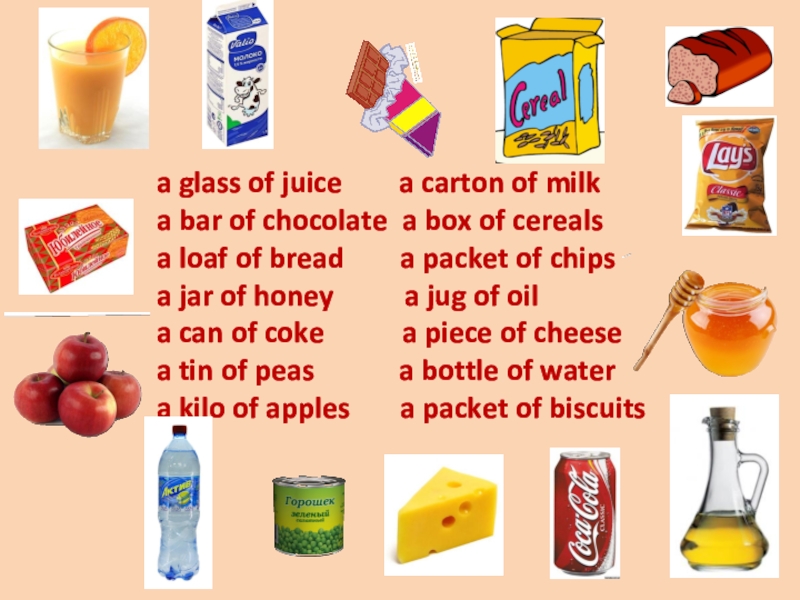 But, alas, antibiotics do not have a selective effect and they act with the same “killing power” on both pathogenic and beneficial microorganisms. For example, those that inhabit the intestinal mucosa or oral cavity and form local immunity.
But, alas, antibiotics do not have a selective effect and they act with the same “killing power” on both pathogenic and beneficial microorganisms. For example, those that inhabit the intestinal mucosa or oral cavity and form local immunity.
How antibiotics get into milk
Animals, like humans, suffer from infectious diseases. And they also need treatment. Therefore, the detection of antibiotics in milk, even in high concentrations, is normal if a dairy cow has recently undergone treatment with these drugs. But such milk cannot be used for the manufacture of dairy products. It is allowed as a raw material when the concentration of the antibiotic in milk is reduced to hundredths or even thousandths of a percent (depending on the drug used for treatment). Also, antibiotics are sometimes used as a preventive measure when there is a possibility of mass infection of the herd during epidemics.
Marketed milk may contain up to 90-100% of the antibiotics present in it at the time of milking, of course, if such milk is taken to the factory.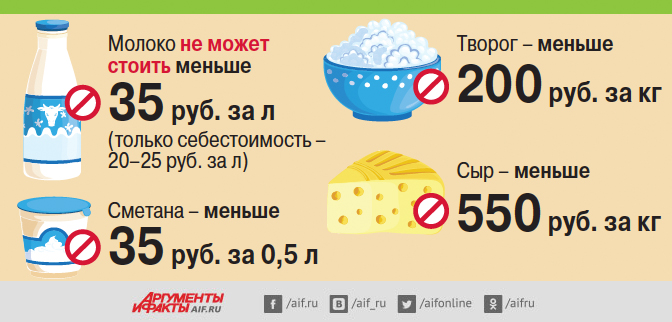 This is due to the fact that antibacterial substances are practically not destroyed and do not pass into other forms during sterilization and pasteurization.
This is due to the fact that antibacterial substances are practically not destroyed and do not pass into other forms during sterilization and pasteurization.
In fermented milk products, milk with antibiotics is technologically unacceptable. And it’s not even in the special scrupulousness of manufacturers, but in the undesirable effect of antimicrobial agents: in their presence, fermentation does not occur at all or occurs incorrectly. Accordingly, if the concentration of antibiotics in whole milk is incorrectly determined, and it enters the line for the production of cheeses, yogurts, etc., then the entire batch may be unusable. Therefore, a qualitative test for antibiotics in milk protects not only the health of customers, but also the economic stability of the enterprise.
What antibiotics can be found in milk
Antibiotics in milk are represented by absolutely all drugs of this group that are used in veterinary medicine. These are penicillin, synthomycin, tetracycline, various cephalosporins, etc. – in general, more than 70 items.
– in general, more than 70 items.
Most often in veterinary practice, broad-spectrum antibacterial drugs are used. These antibiotics are among the most effective in mixed infections (which is often seen in farm animals), but they are also among the most dangerous when it comes to consequences.
What is the danger of antibiotics in milk
Of course, there is no question of any exorbitant doses of antibiotics in milk. But these drugs have several features that make them undesirable even in the smallest quantities:
- High allergenicity. In those who suffer from allergies, milk with antibiotics may provoke an allergic reaction. For this, a very small amount of the drug is enough, to which the immune system is sensitive – it recognizes even its smallest doses.
- Cumulative effect. Some antibiotics, such as tetracycline or streptomycin, tend to accumulate in organs or tissues. Accordingly, with prolonged use of milk with antibiotics, the internal organs that deposit a particular drug may suffer.

- Bacterial resistance. In order for an antibiotic to cause the death of pathogenic bacteria, a certain concentration of the drug in the blood is needed. But if the concentration is insufficient, the weaker bacteria die, but the stronger ones become resistant to this antibiotic. As a result, in a disease caused by bacteria, it may turn out that they are no longer sensitive to most antibiotics. And in the most severe cases, it turns out that there is simply nothing to treat a person with – antibacterial drugs that could cope with such a superinfection have not yet been invented.
How to determine the presence of antibiotics in milk
A truly accurate determination of antibiotics in milk can only be carried out using special test kits. The principle of operation of the test kit is based on the competitive immunochromatographic determination of the presence of antibiotic residues, and can be designed to detect one specific antibiotic or several at the same time.
At home, the only affordable way to know how safe the milk you buy is to do a fermentation test. To do this, add one tablespoon of sour cream to a small amount of milk, then put the milk in a warm place. If it does not contain antibiotics, after a few hours (approximately 2 to 4), it will turn into curdled milk. If the milk does not ferment at all or acquires a slimy and unpleasant texture, something (and most often antibiotics) prevents the milk from fermenting normally.
Is it possible to remove antibiotics from milk
This is possible only in laboratory conditions and only if it is known which antibiotic is present in milk. Then you can choose a safe way to neutralize the antimicrobial drug without violating the composition of milk and its nutritional properties.
Therefore, if for some reason the purchased milk makes you suspicious of the presence of antibiotics, it is pointless to boil it. You can contact the SES or a private laboratory, where, using a test system for determining antibiotics in milk, experts will confirm or refute your doubts. And if the suspicions were justified, it is better to refuse to consume products of this brand so as not to harm your body.
And if the suspicions were justified, it is better to refuse to consume products of this brand so as not to harm your body.
Antibiotics in milk – antibiotics in milk, all about antibiotics PionerProdukt / PionerProdukt Antibiotiks in Milk
How do antibiotics get into milk?
Animals, like people, get sick and have to be treated, including with antibiotics. Cows give milk all year round, which is unnatural for their biological nature, and this causes inflammation in their body.
One of the serious problems of modern animal husbandry is mastitis in dairy cows. Due to the crowding of animals, crowding, various infections often occur, which are quickly transmitted from one animal to another. Animal diseases are also prevented. So one of the sources of antibiotics in milk is the treatment and prevention of diseases. For each antibiotic, the period of excretion from the body (with milk, from tissues, etc.) is determined; the average period is from 2 to 3 weeks. As a rule, 3-5 days are enough to remove penicillin from the animal’s body, however, in some cases, for sick animals, this period may increase to 6-11 days.
As a rule, 3-5 days are enough to remove penicillin from the animal’s body, however, in some cases, for sick animals, this period may increase to 6-11 days.
According to sanitary regulations, milk from treated cows must be disposed of within 5-10 days (depending on the preparation used). But with a general lack of milk, when large producers buy literally everything, farmers simply dilute milk from normal cows with milk with antibiotics. Yes, the concentration has become less, but the antibiotics have not disappeared.
In addition to treatment, antibacterial drugs can be used to stimulate the growth of the animal (weight gain increased by 30%). Unscrupulous farmers can add antibiotics to canned feed, but this is also illegal. It is the second source of antibiotics in milk.
Which antibiotics can be found in milk?
More than 70 types of antibiotics are used in animal husbandry, but the most commonly used are long-known and inexpensive beta-lactams (penicillins), tetracyclines, sulfonamides, streptomycin, fluoroquinolone derivatives, chloramphenicol.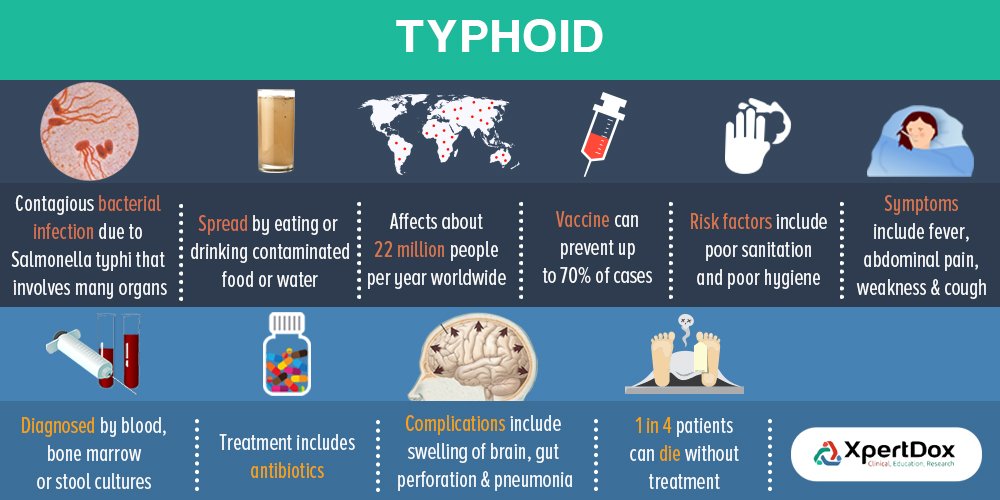
Tetracycline is the cheapest and one of the most dangerous antibiotics with a wide spectrum of antibacterial action. According to the instructions for use, tetracycline can cause gastritis and proctitis, not to mention a decrease in appetite. Tetracycline and other drugs in this series can make the skin more sensitive to sunlight (photosensitivity). Recently, due to the prevalence of tetracycline-resistant strains of microorganisms and frequent side effects, the use of tetracycline for medical purposes has become limited.
Why are antibiotics in milk and food in general dangerous for humans?
Of course, when we talk about the presence of antibiotics in store-bought milk, we are talking about microscopic doses of these substances. But, according to experts, due to the specific features of these drugs, even minimal doses of antibiotics negatively affect the intestinal microflora, and also increase the risk of resistance (or resistance) of pathogens to drugs. All this eventually reduces the body’s immunity. Prolonged use of foods containing residual amounts of antibiotics can cause adverse consequences for human health – allergic reactions, dysbacteriosis.
All this eventually reduces the body’s immunity. Prolonged use of foods containing residual amounts of antibiotics can cause adverse consequences for human health – allergic reactions, dysbacteriosis.
For example, tetracycline antibiotics have a cumulative effect. Accumulating in the body, they can adversely affect the hearing organs, cause a decrease in the number of platelets, and cause toxic reactions in the liver. Accumulating in bone tissue, tetracyclines can disrupt its formation, this is especially dangerous for children, because their growth may slow down. In adults, regular intake of tetracycline leads to tooth decay.
Streptomycin sulfate has a nephropathic effect and causes damage to the central part of the auditory receptor.
Fluoroquinolone derivatives accumulate in cartilage tissue in children under 14 years of age, which leads to skeletal disorders. It turns out a paradox: we drink milk because of the calcium that is useful for teeth and bones, but we get a completely opposite result.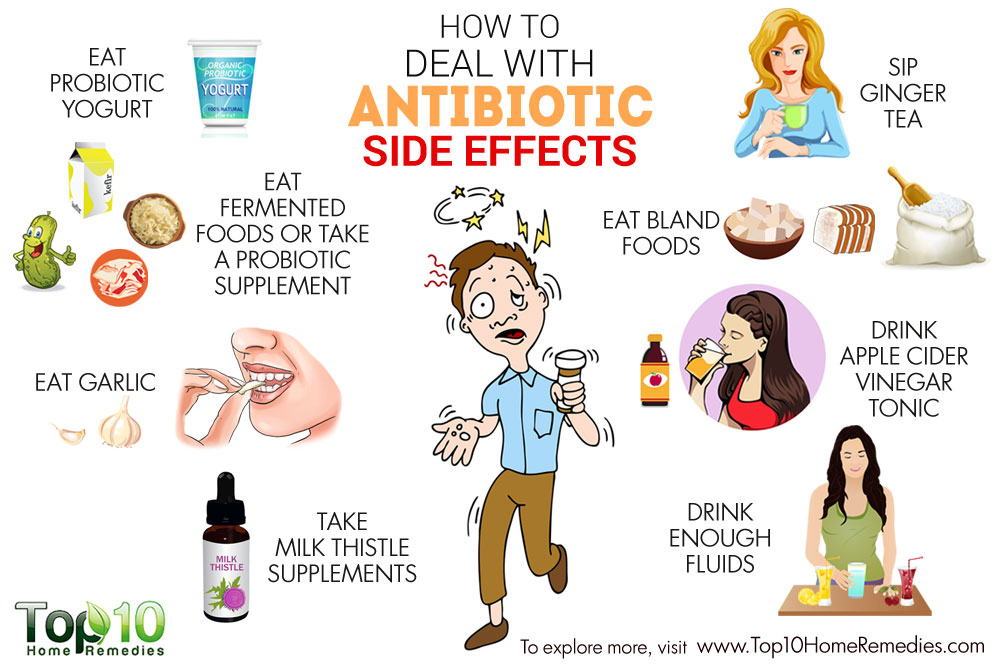
On the shelves of stores you can find milk with different expiration dates – from 2 months to six months. Does this mean that milk with a long shelf life contains antibiotics?
No, in this case the reason is the way the milk is processed and the properties of the packaging.
Heat treatment of milk is pasteurization or sterilization. The task of heat treatment is to destroy microorganisms and thereby extend the shelf life of the product. Pasteurization is called heat treatment at a temperature below the boiling point, or simply heating to a temperature below 100 ° C. In the classical sense, pasteurization of milk is its heating to 74-76°C with a holding time of 15-20 seconds or instant heating to 85°C without holding. Pasteurization kills microorganisms that do not form spores, including pathogens of dysentery, typhoid, cholera. E. coli and lactic acid bacteria do not withstand pasteurization. Spores that survive pasteurization during storage of milk “sprout” – begin to actively multiply, which causes spoilage of milk.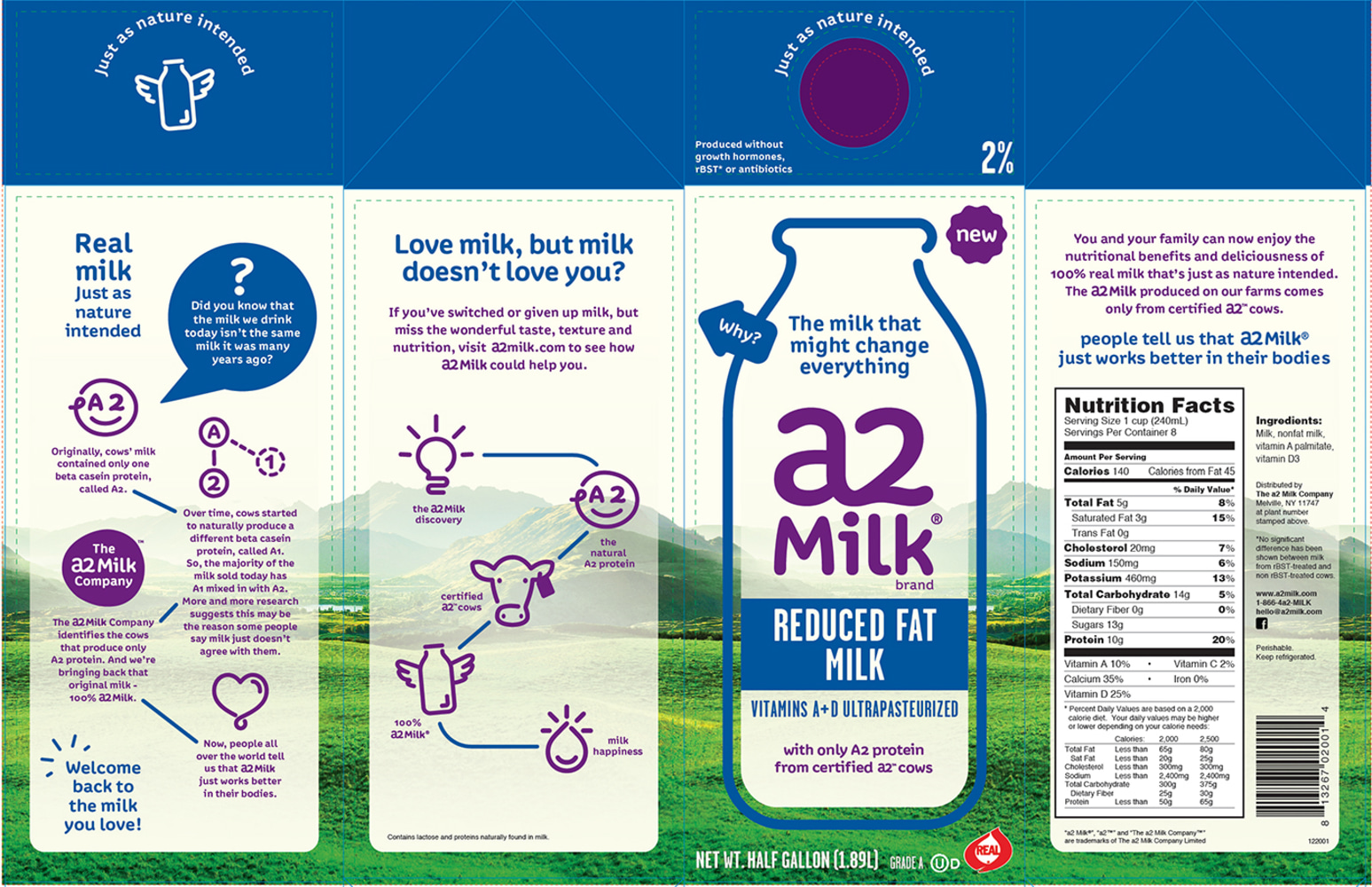
Sterilization is the heat treatment of milk at temperatures above 100°C. With such heating, not only microorganisms die, but also their spores, due to which milk can be stored for quite a long time even without a refrigerator. In addition, sterilization can also be carried out in different ways: it can be simply high-temperature sterilization, it can be under pressure, where the temperatures for processing products are higher. One manufacturer may give a more gentle regimen, another uses pressure sterilization. Hence the difference in expiration dates. Why are they not in a hurry to sterilize all the milk? Because high temperatures lead to significant undesirable changes in milk, including taste changes. Therefore, manufacturers are trying to find a “golden” mean between the duration of the shelf life and the preservation of the original properties of milk.
In addition, the shelf life also depends on the packaging. The leader here is the Tetra-Pak company, products are stored in it for a very long time. A plastic bottle gives a shorter shelf life.
A plastic bottle gives a shorter shelf life.
However, some manufacturers provide extended shelf life by adding… the antibiotic nisin. This is the only antibiotic whose addition to food is not prohibited by Russian law, as it is decomposed by our body. But! This does not apply to milk. It is forbidden to add nisin to milk.
Are antibiotics destroyed by boiling milk?
Boiling and sterilization have virtually no effect on the content of antibiotics in milk. After boiling, 90 to 95% of the original amount of antibiotics remains in the milk, that is, from 5 to 10% of their amount is destroyed. After sterilization, 92 to 100% of the original amount of antibiotics remains in the milk. Such data allow us to draw conclusions about the unsuitability of the boiling and sterilization parameters for the destruction of antibiotics in milk.
The greatest reduction in the amount of antibiotics in samples occurs during long-term pasteurization.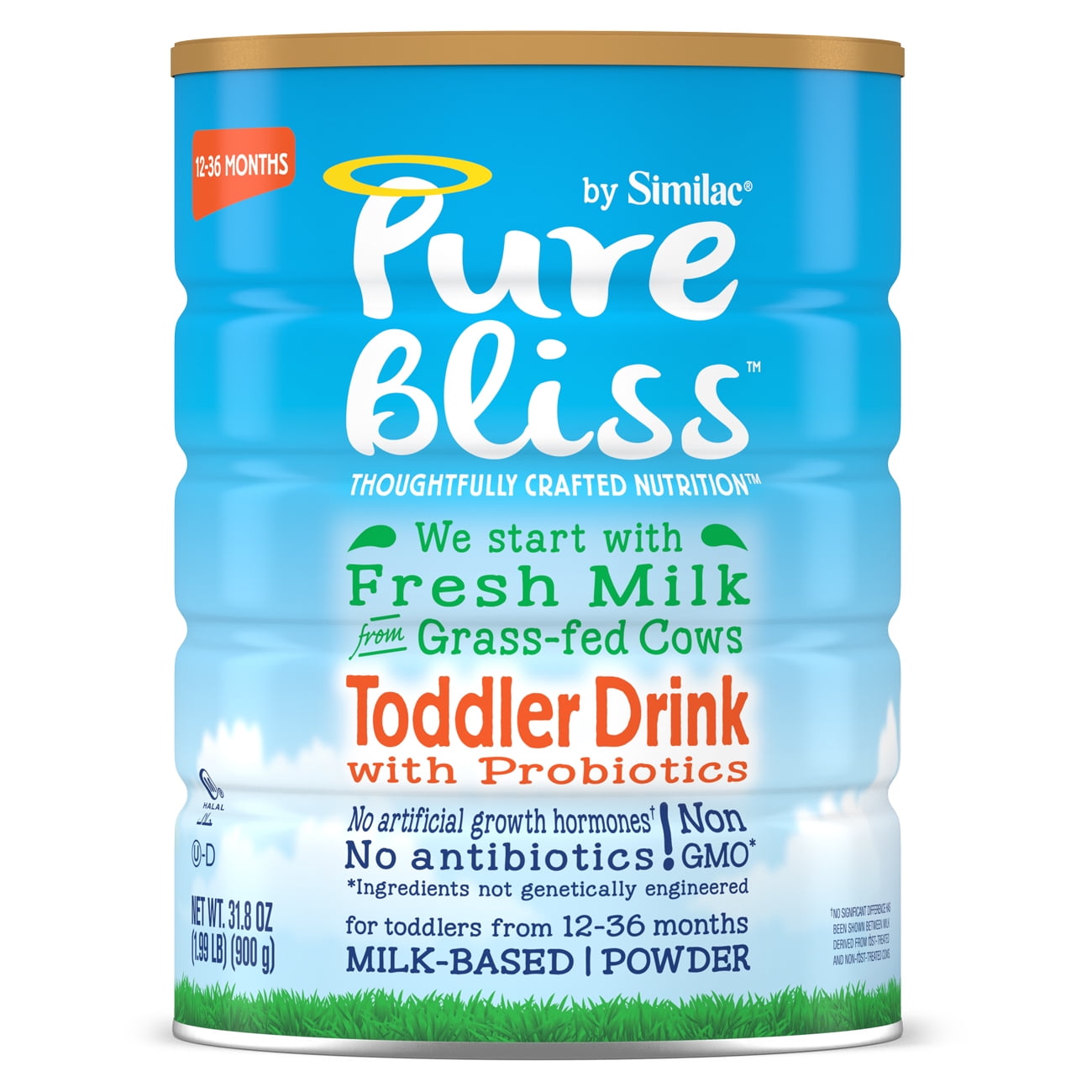 Perhaps this is due to the most prolonged effect of high temperature on antibiotics, which leads to coagulation of proteins and their sedimentation along with the antibiotic on the walls of containers.
Perhaps this is due to the most prolonged effect of high temperature on antibiotics, which leads to coagulation of proteins and their sedimentation along with the antibiotic on the walls of containers.
Do antibiotics persist in dairy products – powdered milk, kefir, cheeses, etc.?
Fortunately for the consumer, it is difficult to make fermented milk products from milk with antibiotics. Microorganisms that are used in fermented milk production are very sensitive to antibiotics. Their presence in milk leads to technological problems at the dairy enterprise. Antibiotics entail a lag or complete delay in enzymatic processes in the production of cheeses, cottage cheese and sour-milk drinks. A change in the ratio of microorganisms in starter cultures negatively affects quality indicators, in particular, the appearance of the product (for example, the absence of eyes in cheese).
Most antibiotics pass from liquid milk to powdered milk. Unfortunately, they do not break down when dried. If you make butter from milk with antibiotics, then the antibiotics will remain in it. To a lesser extent, of course. But fat-soluble antibiotics remain there.
If you make butter from milk with antibiotics, then the antibiotics will remain in it. To a lesser extent, of course. But fat-soluble antibiotics remain there.
That is, in many products made from milk, antibiotics can be present, which is the danger.
How is the content of antibiotics in food and, in particular, in milk controlled in our country?
More than 70 types of antibiotics are used in animal husbandry, as mentioned earlier, several basic groups are controlled in our country: levomycetin, streptomycin, tetracycline, sulfonamides, quinolones, nitrofurans and penicillin. The maximum allowable levels of these antibacterial drugs are standardized by SanPiN 2.3.2.1078-01. In addition, chloramphenicol, streptomycin and tetracycline are regulated by the Technical Regulations of the Customs Union 021/2011
According to the regulations, there is a three-level system for monitoring the quality of raw milk, designed to prevent the milk of sick animals from entering the consumer’s table.

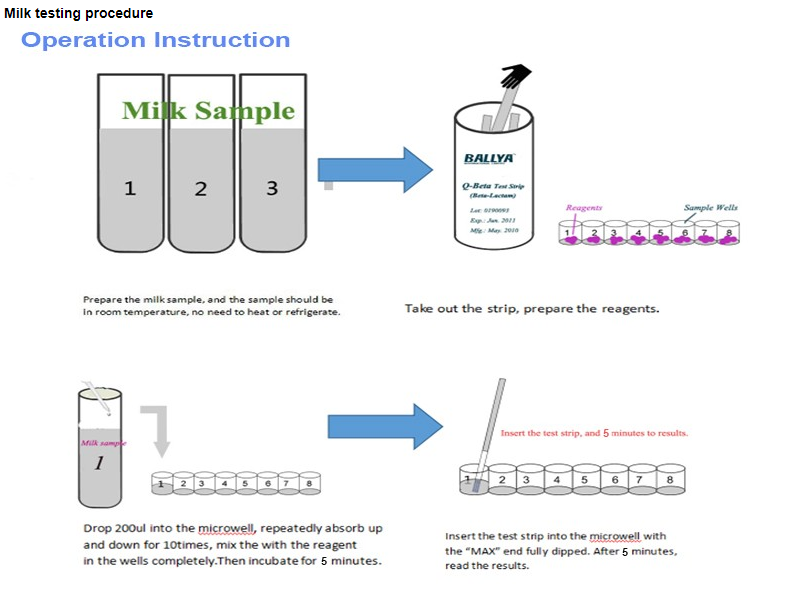 https://www.ncbi.nlm.nih.gov/books/NBK361005/
https://www.ncbi.nlm.nih.gov/books/NBK361005/ news-medical.net/health/Does-What-You-Eat-Affect-Antibiotic-Effectiveness.aspx>.
news-medical.net/health/Does-What-You-Eat-Affect-Antibiotic-Effectiveness.aspx>.


 (DGI). S3-Leitlinie: Strategien zur Sicherung rationaler Antibiotika-Anwendung im Krankenhaus. AWMF-Register-Nr.: 092-001. December 15, 2013.
(DGI). S3-Leitlinie: Strategien zur Sicherung rationaler Antibiotika-Anwendung im Krankenhaus. AWMF-Register-Nr.: 092-001. December 15, 2013. You can
You can